ISSN ONLINE(2319-8753)PRINT(2347-6710)
ISSN ONLINE(2319-8753)PRINT(2347-6710)
Saravanan K1 and Arumaikkannu G2
|
| Related article at Pubmed, Scholar Google |
Visit for more related articles at International Journal of Innovative Research in Science, Engineering and Technology
Additive Manufacturing (AM) refers to a process by which build up a component in layers by depositing material from 3D CAD data. In recent years, Polyjet 3D printing technology has become one of the most widely-used Additive Manufacturing methods for various applications. This method can be used for multi material component such as functionally gradient materials, heterogeneous material structures and porous material structures. But some of the traditional fabrication techniques have difficulties such as uniform & random distribution, size, shape control and maximum percentage of secondary material to the primary material. In this work, Polyjet 3D printing technology is used for the fabrication of Multi Material Additive Manufactured component(MMAM) with volumetric percentages (10%, 15% and 20%) of reinforcement as modeled using CATIA VB SCRIPT software. The fabricated specimens are then tested in three points bending to determine their improvement in flexural properties. The experimental data shows that when the volumetric percentage of reinforcement (10% and 15%) used, the flexural strength and flexural modulus were increased compared to pure primary material. Based on the experimental results, this fabrication technique can be used for the Multi Material(MM) component with better bending strength for functional part applications.
Keywords |
| Additive Manufacturing, Polyjet 3D printing, Multi Material, Flexural strength, volumetric percentage. |
INTRODUCTION |
| A. Additive Manufacturing |
| AM is a term used to describe a relatively new class of manufacturing process, this technology also referred to as rapid prototyping, layer manufacturing, solid freeform fabrication and direct digital manufacturing. These processes fabricate a component in layers by depositing material from 3D CAD design data [1]. AM is defined by American Society for Testing and Materials (ASTM: F2792-12a) as ‘‘process of joining materials to make objects from 3D model data, usually layer upon layer, as opposed to subtractive manufacturing methodologies, such as traditional machining’’ [2]. Since their introduction more than 20 years ago, AM technologies have been used in a variety of applications. These applications have ranged from the more conventional prototyping and rapid tooling to more advanced applications such as automobile, aerospace, aerial modeling, teaching aids, customized medical implants, prosthesis, jewellery, space craft, and micro devices [3]. The AM technology used for this variety of applications is basically classified by the type of build material in its pre-fabricated form (powder, liquid, solid), method of bonding between the layers (chemical bond, sintering, gluing), type of support material used during the process (same as build material, separate support material, self-supported or no support material), accuracy and resolution of the technology and many other factors [4]. However, most current commercially available AM systems have been designed to produce parts from a single material. The emerging Multiple Material Additive Manufacturing (MMAM) technology can enhance the performance of AM parts by adding more complexity and functionality [5]. Using MMAM technologies it is possible to improve part performance by varying material compositions or type within the layers; this is not achievable by conventional manufacturing processes. In fact, MMAM represents a whole new paradigm and range of opportunities for design, functionality, and cost effective high value products. There are a lot of benefits from producing parts with multiple materials and that is why MMAM Influence of Reinforcement Volumetric Percentage on the Flexural Properties of Multi-Material Additive Manufactured Component technology is a fast growing area and several MMAM systems have been investigated and developed to meet today’s product demands [5,6]. As mentioned earlier, the reasons for applying multiple material strategies might be much more than just achieving the purpose of combining the additional materials and other purposes, such as mechanical properties improvement, providing additional functionality and design freedom, traceability and security in the resulting part, are being explored [5,6]. Kruth, JP et al.(1998) analyzed RP materials have much better mechanical, thermal and dimensional properties and the pallet of materials that can be processed covers nearly all materials. Tiesong lin et al. (2008) analyzed the effect of fiber content in composites. It is shown that fibers have a great strengthening and toughening effect at low volume percentage of fibers (3.5 and 4.5vol.%). With the increase of fiber content the strengthening and toughening effect of fibers reduces, possibly due to fiber damage, formation of high shear stress at intersect between fibers. Kumar, S et al. (2009) analyzed production of composites by rapid prototyping. Amit bagchi et al. analyzed influence of fiber content in multi-layered parts with glass fiber tow and photopolymeric resin using solid free form fabrication. It is seen that tensile strength and tensile modulus increased linearly with the volume fraction of the fiber in the composites. Michael WB, et al. (2012) analyzed the process parameters on the specimen which is fabricated using polyjet 3DP. It is shown that orienting specimens in XZ orientation with minimal part spacing the largest effect on the tensile strength. Sugavaneswaran, M et al. (2013) analyzed the distribution of reinforcement in primary material. It is seen that the stiffness of plastic reinforced elastomer material is higher than pure elastomer matrix material and also no significant differences are found regarding the stress–strain behavior of the various orientation. So many researchers concentrated to analyze the influence of fiber content on the tensile strength in muti material parts using solid freeform fabrication, fused deposition modeling and Orientation of reinforcement in multi material fabrication using Polyjet 3D printing. None of them analyze either reinforcement or flexural properties of multi material component using Polyjet 3D printing technology. In this work an attempt is made to determine the influence of reinforcement volumetric percentage on the flexural properties of multi material component fabricated using Polyjet 3D printing technology. |
EXPERIMENTATION |
| A. CAD MODELLING |
| In order to fabricate the MMAM component using AM process, CAD model has to be developed with random distribution of reinforcement in matrix. CATIA VB SCRIPT is used to develop randomly oriented multi material structure. By using Boolean operation, reinforcement and matrix are separated and then exported as .STL (Standard Triangulation Language) format for Additive Manufacturing technique. Fiber form of reinforcement is selected over particulate or |
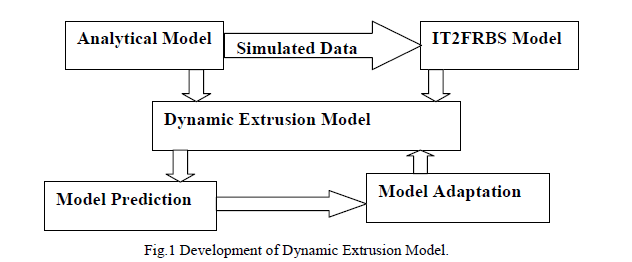 |
| The reinforcement diameter and length are 0.5mm and 5mm respectively, which are fixed based upon the minimum layer thickness and wall thickness of AM technique [6]. 3D CAD has been modeled with 10Vol. %, 15Vol.% and 20 Vol.% cylindrical reinforced plastic with an aspect ratio of 10:1 [6,8]. The values are shown in Table 1.After the selection of volumetric percentages, aspect ratio and other parameters such as location and orientation of reinforcement within a rectangular plate domain have been given as input to CATI VB SCRIPT user interface. As per ASTM standards the specimens are modeled from the rectangular domain as shown in Fig.1. These three 3D CAD model were taken for fabrication by using AM techniques. |
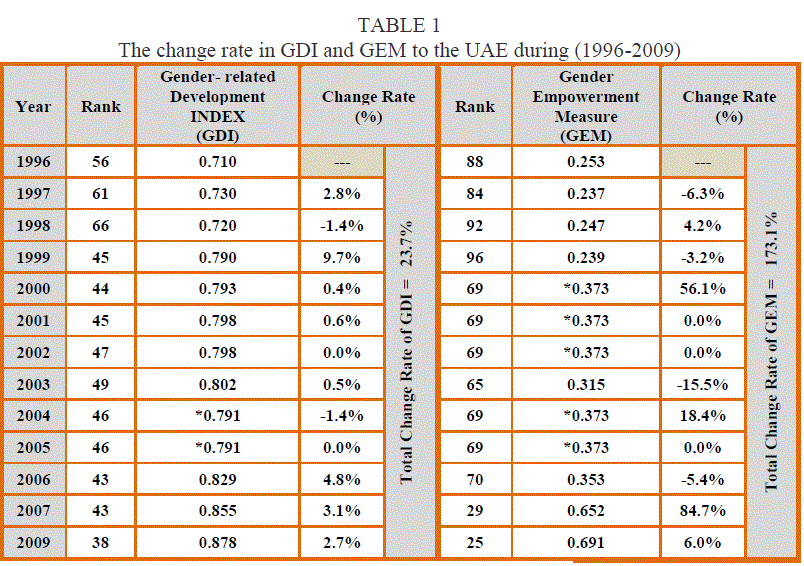 |
| The details of machine and materials used for fabrication of MM component were presented in the following subsections. |
| B. SELECTION OF FABRICATION METHOD |
| Since AM process is considered for fabrication, the material required for fabrication is one of the main factors to be considered for selection of AM process. Here Polyjet 3D Printing (3DP) technology is chosen for MM fabrication. This Polyjet 3DP is one of the novel additive layer manufacturing techniques, which can combine heterogeneous 3D printing materials (multi materials) within a single 3D printed model [5]. It works by jetting heterogeneous photopolymer materials as modeled in CAD in ultra-thin layers (16 lm) onto a build tray layer by layer until the part is completed. Each heterogeneous photopolymer layer is cured by UV light immediately after it is jetted as shown in Fig.2. Produced fully cure models that can be handled and used immediately without post-curing. The gel-like support material, which is specially designed to support complicated geometries, is easily removed by hand or water jetting |
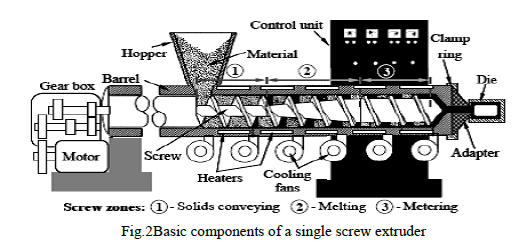 |
| C. SELECTION OF MATERIALS |
| Polyjet 3DP supports wide range of materials ranging from rigid plastic to rubber-like, opaque to transparent, and standard to engineering-grade ABS toughness [5,6]. Among these range of materials, the mechanical properties of the AM component fabricated by 3DP can be altered by selecting suitable combination of materials in multi-material fabrication. |
| This new combination will provide new values of flexural strength. |
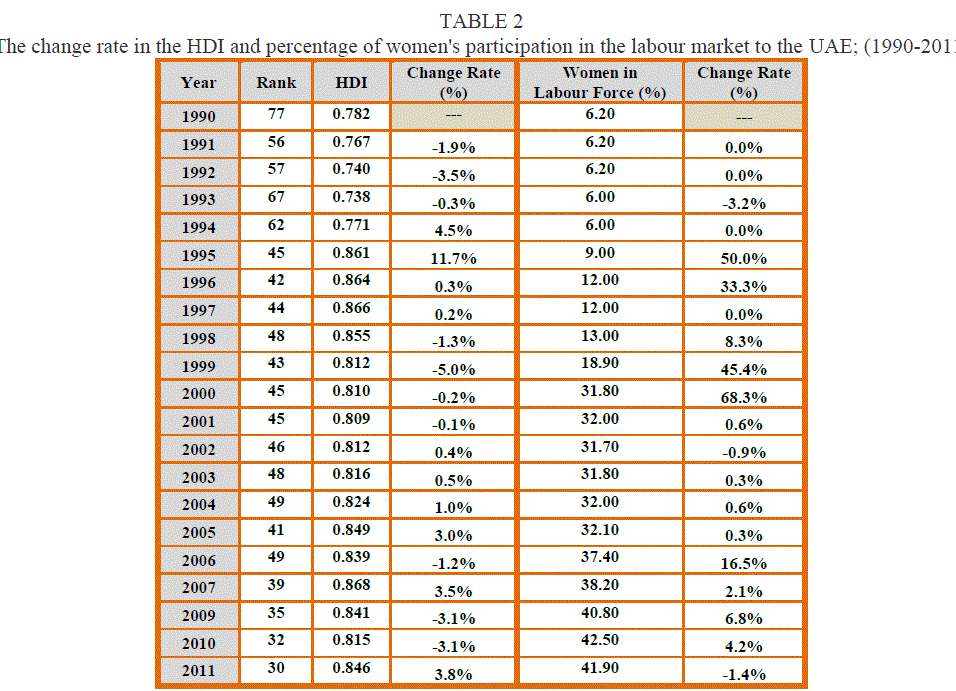 |
| D. Flexural Test |
| Flexural strength measurements were conducted on fabricated specimens as per ASTM D790-02 standard using three point bend fixture on an Instron- 8322 testing machine at a crosshead speed of 5mm/min [10]. The dimension of specimen as shown in Fig.3.All the flexural specimens were fabricated with the tensile surface perpendicular to the direction of material deposition layer upon layer.the fabricated specimens are shown in Fig.4. Load-displacement curves were recorded. Flexural stress and strain were calculated using equations 2,3. Flexural moduli were calculated from the stress-strain curves [10]. |
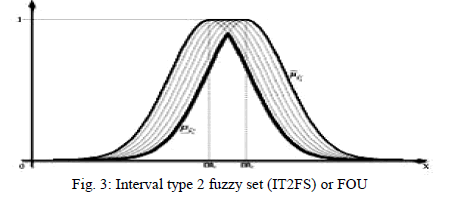 |
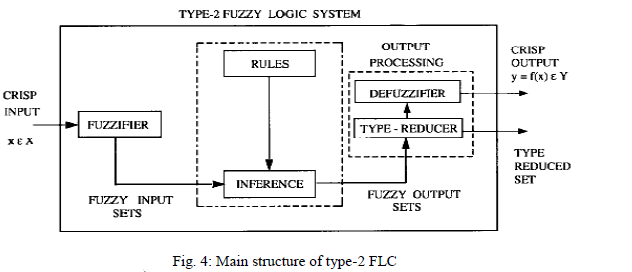 |
RESULTS AND DISCUSSION |
| A. Stress strain behavior |
| The three point bending strength of the multi-material component as a function of volume percentage of reinforcements is shown in figure. The flexural strength of the reinforcement increases with increase of reinforcement from 10-15 vol. %.The addition of 15 vol.% reinforcement increases the matrix strength from 9.00554 to 10.24669 MPa (13.78 times higher),which is regarded as a strengthening effect for such a low volume percentage of reinforcement. However, the strengthening effect of the reinforcement reduces with a further increase in the reinforcement volume percentage to 20%. Shear stress at intersect between reinforcements may be more possibly result in destruction of network structure of reinforcement due to reinforcement damage or breakage, which has a negative effect on reinforcement [16,17]. The fact that the increase of the volume percentage of reinforcement is against the decrease of the mechanical properties indicates that keeping the reinforcement network structure integrity may be more important than increasing the volume percentage of reinforcement to improve the mechanical properties. The conclusion may not be promised because the results from composite and MMAM methods will be vary due to unpredictable factors. In case the strengthening effect of reinforcement will decrease while increasing reinforcement in matrix material to 25 vol.%, the conclusion will be accepted as discussed above. |
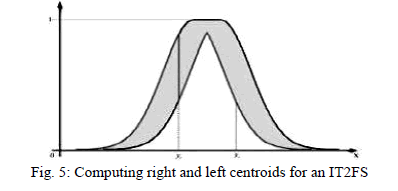 |
CONCLUSIONS |
| In this work, polyjet 3D printing technology is used for the fabrication of Multi Material Additive Manufactured component with volumetric percentages (10%, 15% and 20%) of reinforcement as modeled using CATIA VB SCRIPT software. The fabricated specimens are then tested in three points bending to determine their improvement in flexural properties. |
| The experimental data shows that the flexural strength of the reinforcement increases with increase of reinforcement from 10-15 vol. %. Although volume percentage of reinforcement is increased, the strengthening effect of reinforcement reduces possibly due to reinforcement damage, formation of high shear stresses of intersect between reinforcements. |
| Based on the experimental results, this fabrication technique can be used for the Multi Material component with better bending strength for automobile applications such as air duct, bumpers. |
References |
|